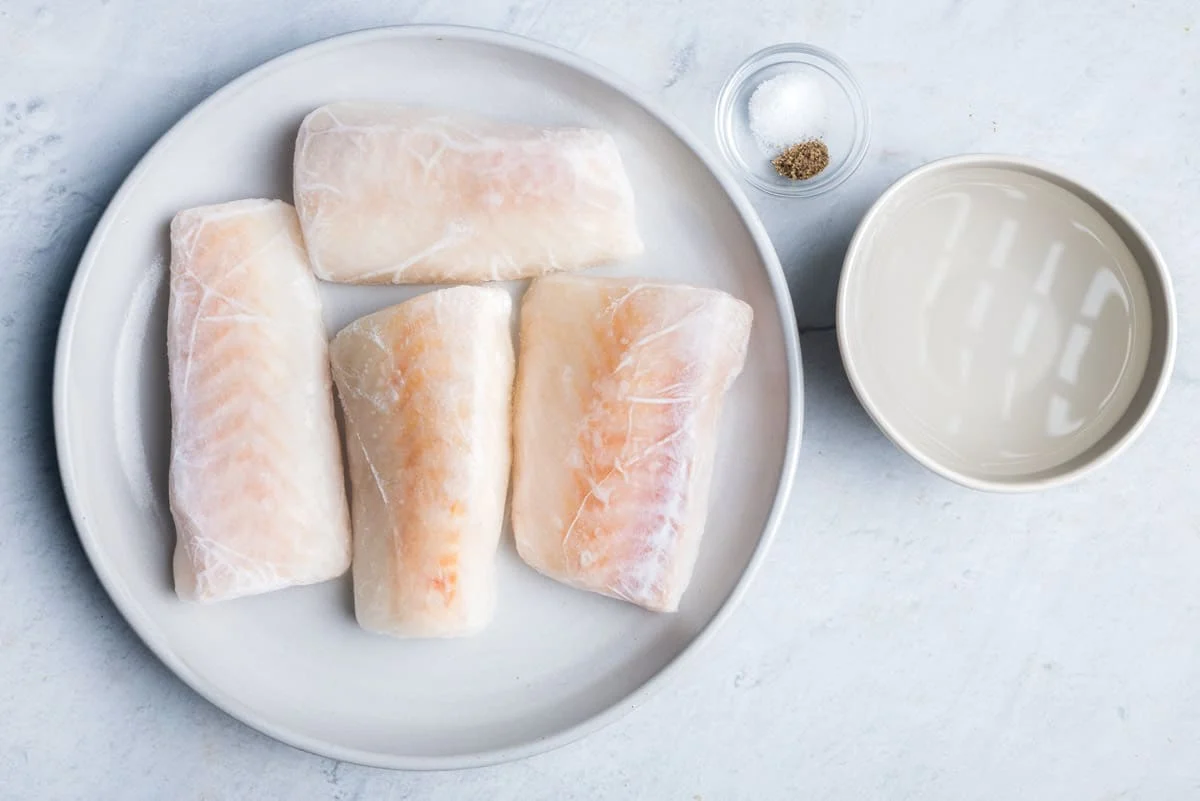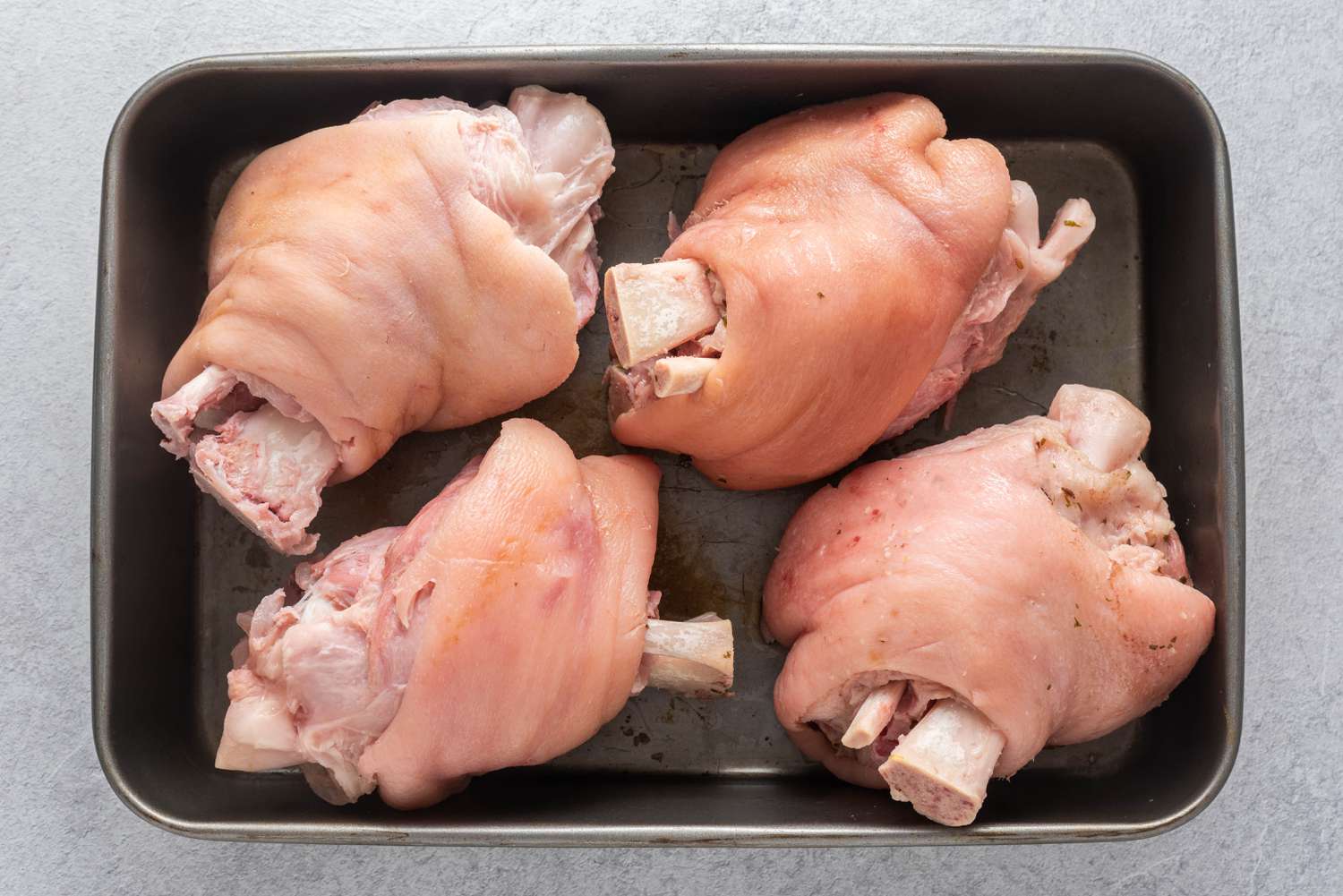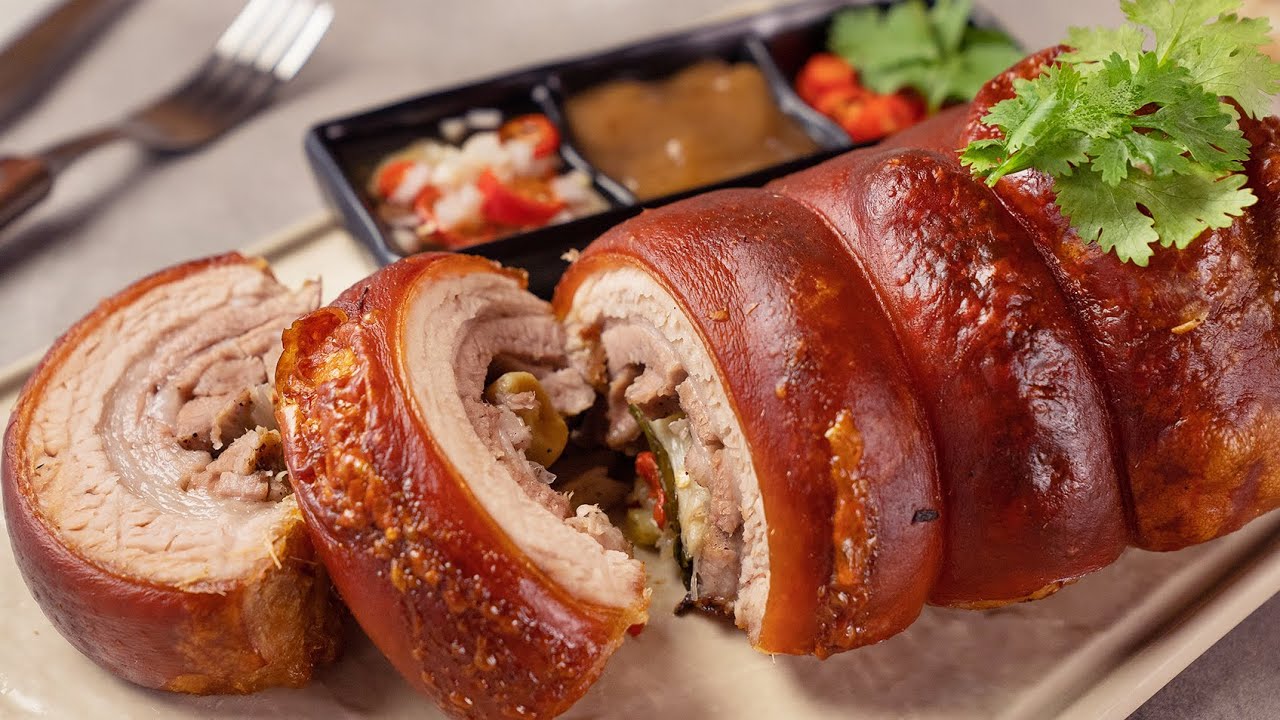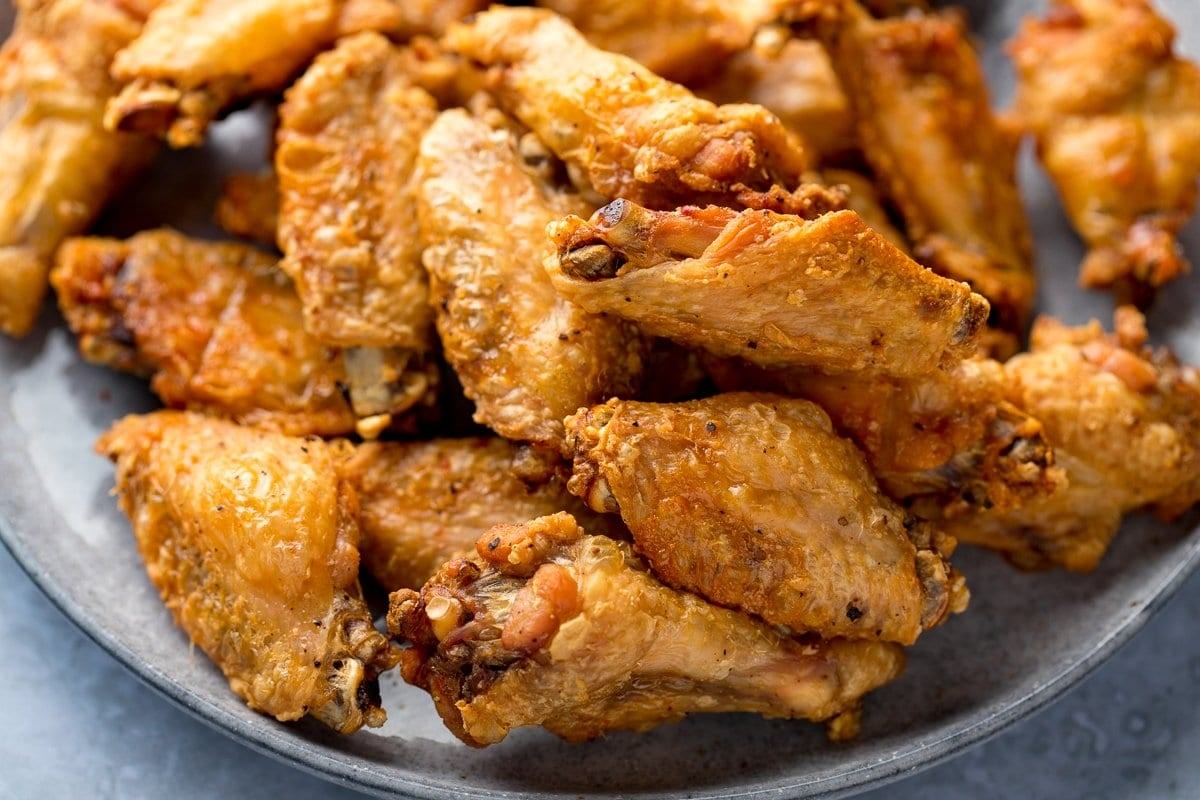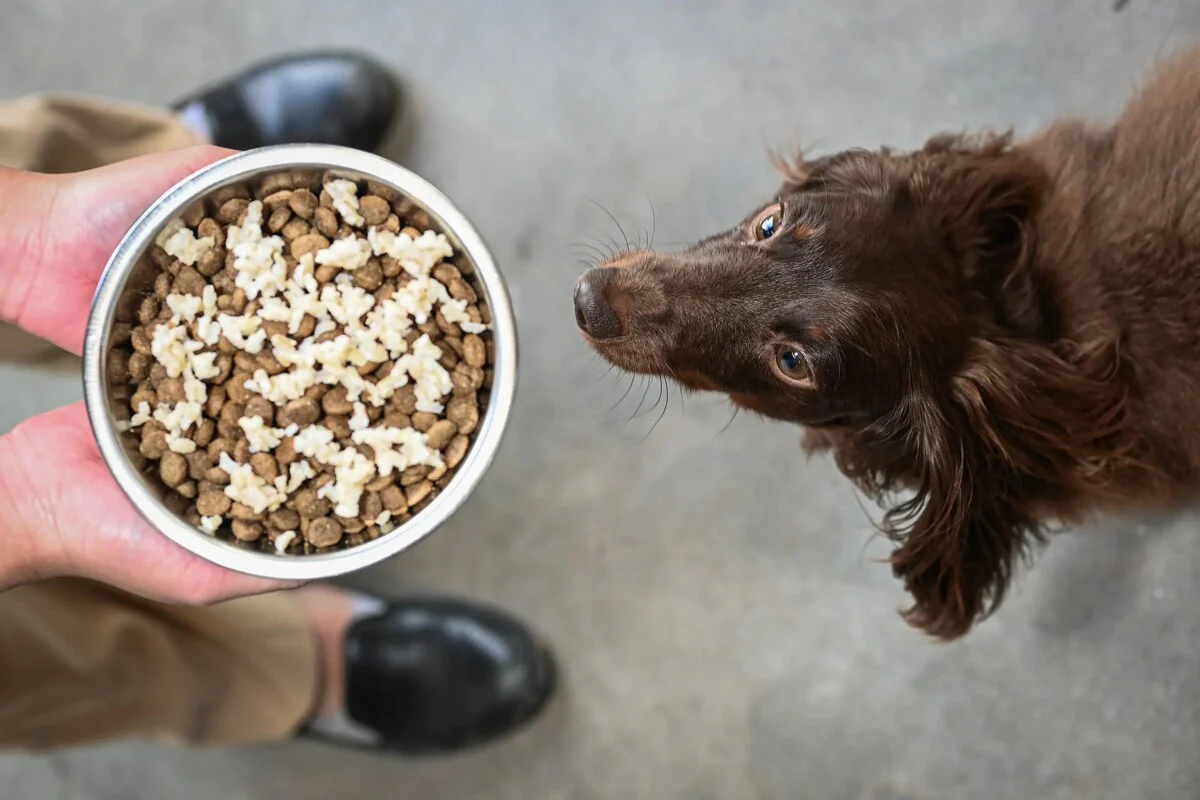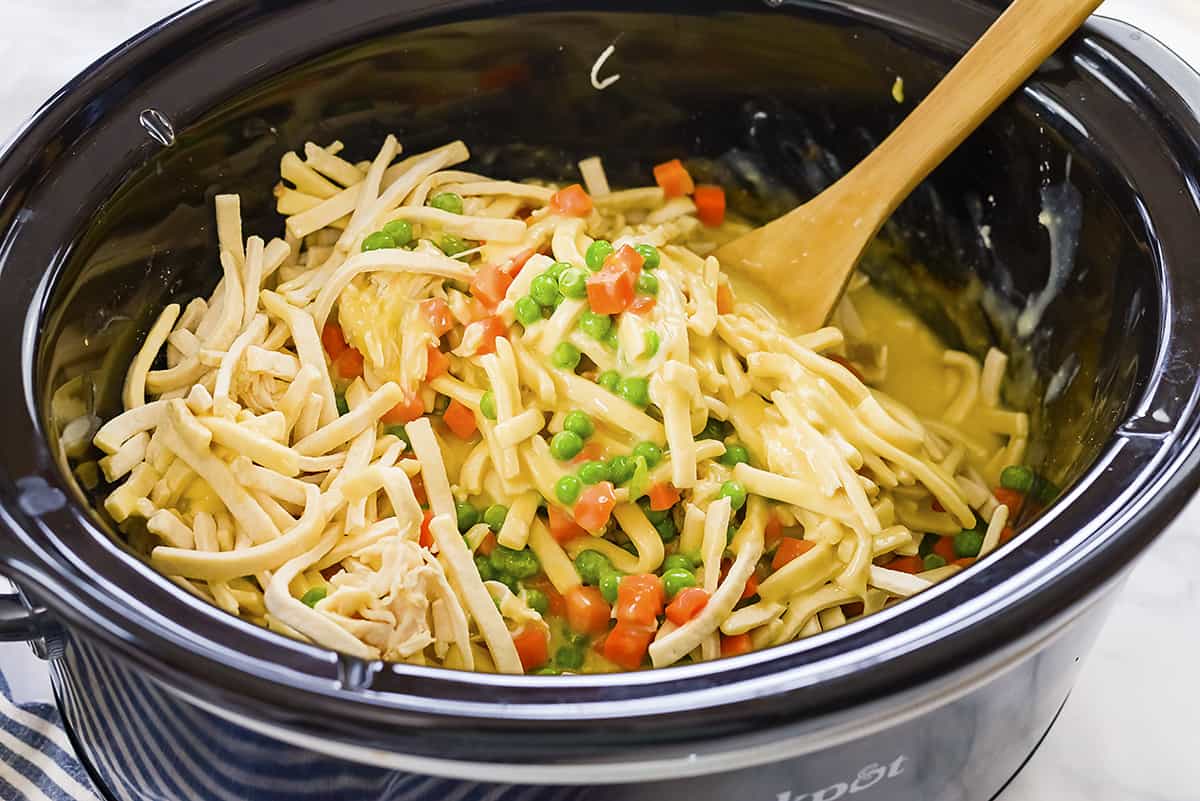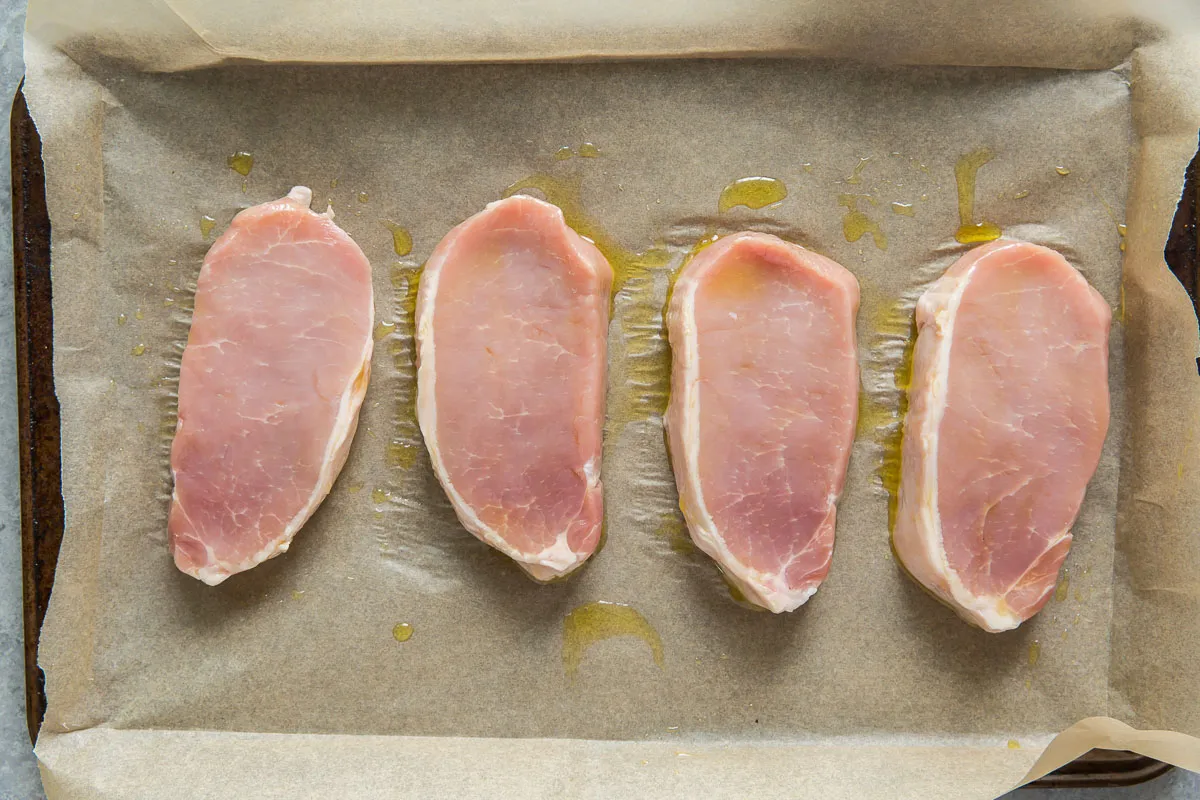Cooking red meat can seem intimidating, but with a few expert tips, anyone can master this culinary art. Whether you're aiming for a juicy steak, a tender roast, or perfectly browned ground beef, understanding the basics is key. Key factors include selecting the right cut, proper seasoning, and mastering cooking temperatures. This guide will walk you through essential techniques and secrets to ensure your red meat dishes are flavorful, succulent, and cooked to perfection every time. Ready to elevate your cooking game? Let's dive into the world of red meat, where delicious possibilities await.
Essential Ingredients for a Succulent Red Meat Dish
- Beef cut of choice (e.g., ribeye, sirloin, tenderloin)
- Salt (to taste)
- Black pepper (freshly ground, to taste)
- Olive oil (for searing)
- Garlic cloves (2-3, smashed)
- Fresh rosemary (1 sprig)
- Fresh thyme (1 sprig)
- Butter (2 tablespoons, unsalted)
Must-Have Tools for Cooking Red Meat to Perfection
- Chef's Knife
- Cutting Board
- Meat Thermometer
- Cast Iron Skillet
- Tongs
- Aluminum Foil
- Roasting Pan (for larger cuts)
- Carving Knife (for slicing)
- Paper Towels (for patting meat dry)
- Timer or Clock (for tracking cooking time)
For perfectly cooked red meat, season generously with salt and pepper. Sear on high heat for a rich crust, then finish in the oven to your desired doneness. Always rest before slicing.
The Art of Cooking Red Meat: A Culinary Journey
Cooking red meat properly enhances flavor, texture, and safety. High temperatures break down fats, tenderizing the meat, while killing harmful bacteria ensures it's safe to eat. Mastery in this art not only elevates meals but also ensures nutritional benefits, like iron and protein, are optimally absorbed.
Mastering Red Meat: A Step-by-Step Culinary Guide
How To Cook Red Meat Perfectly
-
Selecting Your Cut
- Opt for fresh cuts from your local butcher or grocery store.
- Choose based on desired tenderness and flavor; ribeye for marbling, sirloin for leaner options.
-
Preparation
- Bring meat to room temperature for about 30 minutes before cooking. This ensures even cooking.
- Season generously with salt and pepper. Consider adding herbs like rosemary or thyme for enhanced flavor.
-
Preheating Your Pan
- Use a heavy skillet or cast iron pan for best results.
- Heat pan over high heat until very hot. A drop of water should sizzle upon contact.
-
Cooking
- Add a small amount of high smoke point oil to the pan, such as canola or grapeseed oil.
- Place meat in the pan, laying it away from you to avoid oil splatters.
- Cook without moving for a few minutes to develop a seared crust. Time varies based on thickness and desired doneness.
- Flip and sear the other side. For cuts thicker than an inch, sear edges too.
-
Checking Doneness
- Use a meat thermometer to check internal temperature: 120°F for rare, 130°F for medium-rare, 140°F for medium, 150°F for medium-well, 160°F for well done.
- Feel method: Press the meat with your finger. Soft and spongy means rare, firmer to the touch indicates more well-done.
-
Resting
- Transfer meat to a cutting board and let it rest for about 5 to 10 minutes. This allows juices to redistribute.
- Cover loosely with aluminum foil to keep warm.
-
Slicing
- Cut against the grain to ensure tenderness.
- Use a sharp knife for clean slices.
-
Serving
- Serve immediately after slicing for the best texture and temperature.
- Accompany with sides that complement the meat’s richness, like roasted vegetables or a fresh salad.
Cleaning Up
- Allow pan to cool slightly before washing.
- Deglaze the pan with water or wine to remove fond for an easy clean-up.
Storing Leftovers
- Cool leftovers quickly and refrigerate in an airtight container.
- Consume within 3-4 days for best quality.
Mastering the Art of Red Meat
Cooking red meat doesn't have to be intimidating. With the right techniques, anyone can serve up a juicy, flavorful dish that's sure to impress. Remember, choosing quality cuts and paying attention to cooking times are your first steps toward success. Whether you're searing a steak, roasting a lamb, or grilling some burgers, keeping things simple with seasoning and not overcooking are key. Don't forget to let your meat rest before slicing to lock in those delicious juices. Practice makes perfect, so don't be afraid to experiment with different methods and cuts. Before you know it, you'll be cooking red meat like a pro, ready to dazzle at your next dinner party or family meal. So, grab your apron, fire up the grill or stove, and start your culinary adventure with confidence.
For those eager to master the art of cooking red meat, there are several standout recipes to consider. The Classic Grilled Ribeye Steak is a great starting point, offering a straightforward yet flavorful approach to grilling. For a more indulgent experience, the Red Wine Braised Short Ribs provide a rich and comforting dish perfect for special occasions. Those looking for something unique might enjoy the Coffee-Rubbed Chuck Roast, which combines the deep flavors of coffee with tender, slow-cooked beef. For a show-stopping meal, try the Oven-Roasted Prime Rib, an impressive centerpiece for any dinner table. And don't miss the Balsamic Marinated Grilled Skirt Steak, which brings a tangy and savory twist to your grill. Each of these recipes not only highlights the versatility of red meat but also helps you refine your cooking techniques.
All Your Questions Answered About Cooking Red Meat
How do I choose the best cut of red meat for my recipe?
Picking the right cut of red meat depends on your dish's desired outcome. For tender, quick-cooking options, go for filet mignon or ribeye. If you're leaning towards slow-cooking methods, brisket or chuck roast are your best bets. Always look for meat with a rich, red color and ample marbling to ensure flavor and tenderness.
What's the secret to achieving the perfect sear on red meat?
A blazing hot pan is your ticket to that coveted crust. Make sure your meat is dry by patting it with paper towels; moisture is the enemy of a good sear. Season generously with salt and pepper right before it hits the pan to enhance flavor and help form that delicious crust.
Can I cook red meat from frozen?
While it's possible, for the best results, always thaw your meat in the fridge before cooking. This ensures even cooking and helps you avoid a cooked exterior with an icy center. Planning ahead pays off when it comes to cooking red meat.
How long should red meat rest after cooking, and why is it necessary?
Resting meat is crucial for juicy results. Allow it to rest for at least 5 minutes for smaller cuts and up to 15 minutes for larger roasts. This pause lets juices redistribute throughout the meat, ensuring each bite is moist and flavorful.
What's the ideal internal temperature for cooking red meat to different doneness levels?
For rare, aim for 120-125°F; medium-rare hits the sweet spot at 130-135°F; medium should be around 140-145°F; and well-done is best at 160°F and above. Always use a meat thermometer to check, as cooking times can vary based on several factors.
Is marinating red meat necessary, and if so, for how long?
Marinating can infuse meat with flavor and tenderize tougher cuts. For robust flavors, marinate for at least 2 hours or overnight in the fridge. However, if you're short on time, even 30 minutes can impart subtle flavors and improve texture.
What are some common mistakes to avoid when cooking red meat?
Overcooking is a common pitfall, leading to dry, tough meat. Also, avoid cutting into meat to check doneness; this lets precious juices escape. Lastly, not letting meat rest before slicing can result in a less juicy meal. Stick to recommended temperatures and rest times for best results.
Was this page helpful?
Read Next: How To Cook Mackerel Patties

